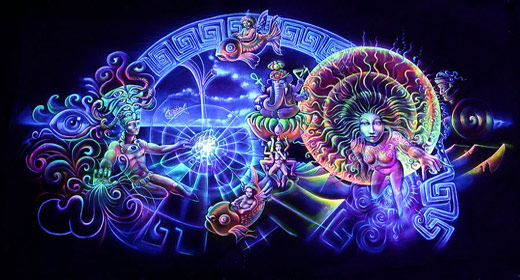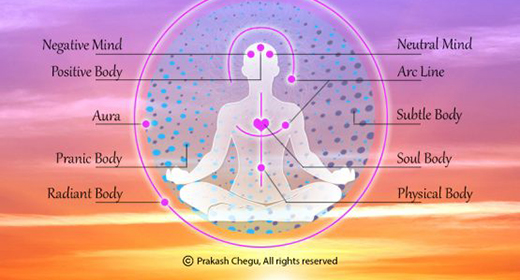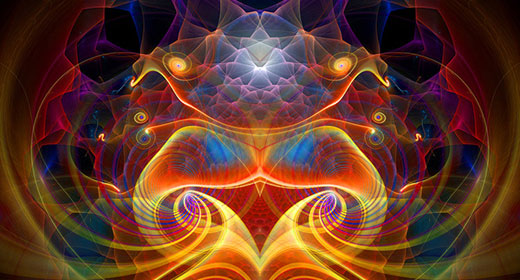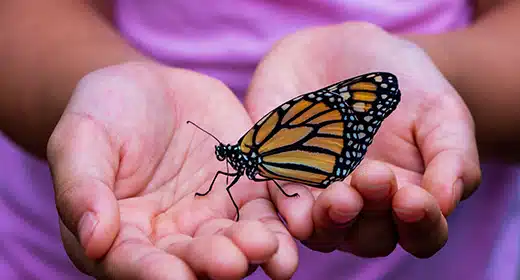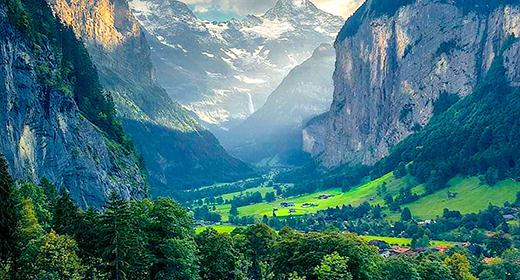In India exact dates are extremely difficult to pinpoint when looking at Yoga’s ancient history as many teachings were orally transmitted. The dates below form a rough guide:
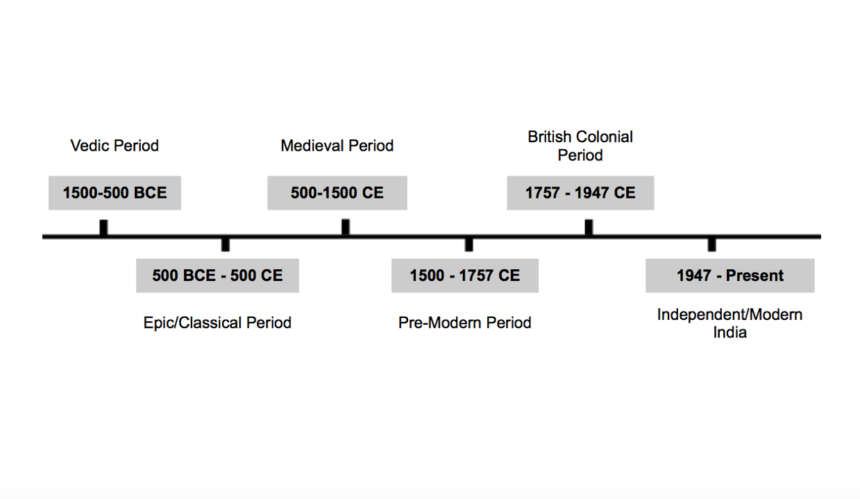
- 2,500 – 1,500 BCE — Indus Valley civilization, where carved figures depicted in what may be seated meditation postures were found. Untranslatable text accompanies the figures.
- 1,000 BCE – The Vedas are composed. “Veda” means knowledge. These teachings describe rituals, hymns, practices and spells.
- 700 BCE – The oldest Upanishads are written. A collection of orally transmitted teachings.
- 500 BCE – The Bhagavad Gita is written. Concepts of rebirth and a broadening on the practice of yoga are clearly explained.
- 200 CE – The Yoga Sutras of Patanjali are composed. Short, well-organised verses explaining the nature of the self and an approach to self-realisation.
- 600 CE – The beginnings of Tantra Yoga.
- 800 CE – Sankara’s “ Advaita Vedanta” school of non-dual philosophy is formulated.
- 900 CE — Kashmir Saivism. One of the more clearly articulated non-dual yoga philosophies, reliant on the transmission of grace from guru to student, called “Shaktipat.”
- 900 CE (?) – Rajanaka Tantra. Horizontal model of yoga without the concept of singular, fixed attainment or enlightenment.
Contemporary Yoga
- 1900s — Hatha Yoga. Tirumalai Krishnamacharya was responsible for preserving, evolving and popularizing Hatha Yoga. Teacher of B.K.S. Iyengar, Pattabhi Jois, Indra Devi and his son Desikachar, among many others.
- 1950s – B.K.S. Iyengar develops his system of yoga based on physical alignment and therapeutic benefits, using props to make postures more accessible.
- 1960s — Hatha Yoga begins to take root in the west.
- 1970s — present – Ashtanga Vinyasa Yoga as taught by Pattabhi Kois gains popularity.
- 1980s – present – Flowing styles of Yoga based on the physically demanding form of Ashtanga Vinyasa Yoga become widely popular.
- 1997 – present – John Friend interpretation of Tantric philosophy joined with modern bio-mechanical alignment principles into a school of yoga called “Anusara” – Sanskrit word meaning “to be in the flow of grace.”
- ? – present – Dr. Douglas Brooks offering of the Southern Indian teachings of Tantra, which he refers to as “Rajanaka.” This is a horizontal model of yoga with no fixed attainment as a goal. Enlightenment is self-conferred, not dispensed by a guru.


